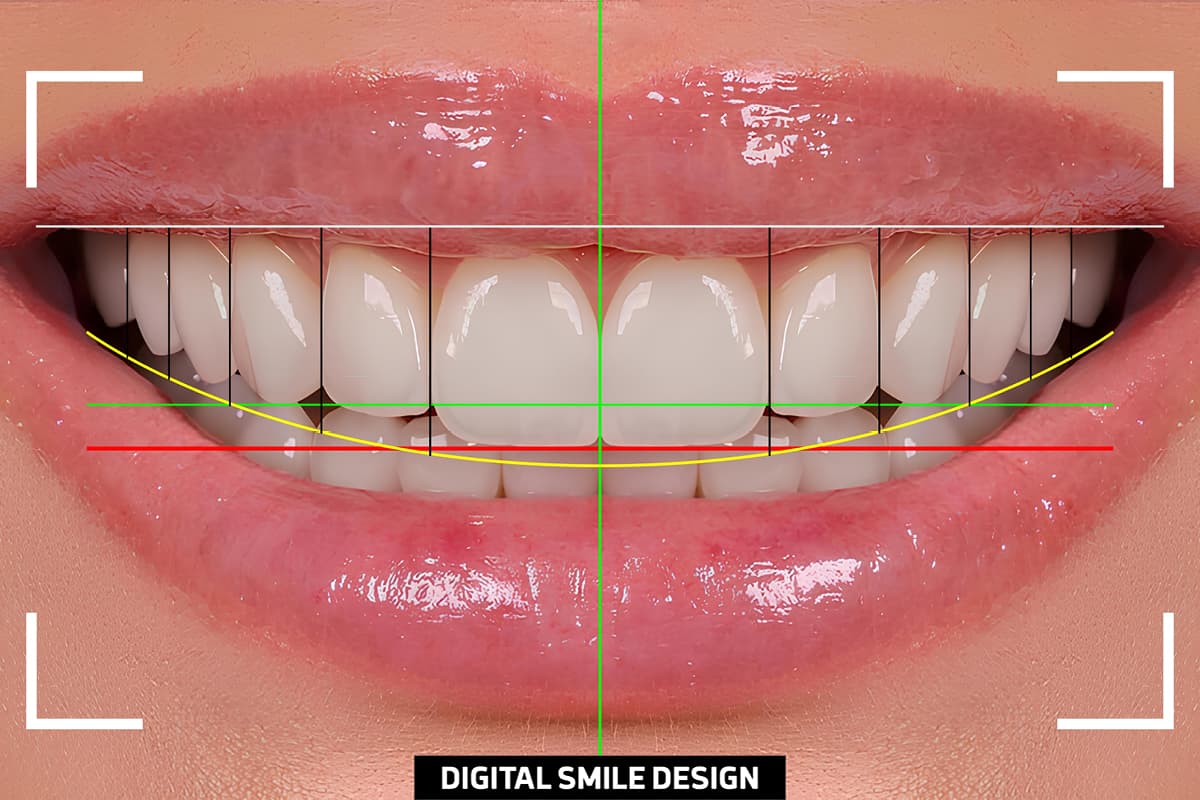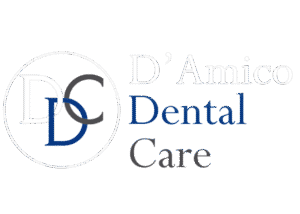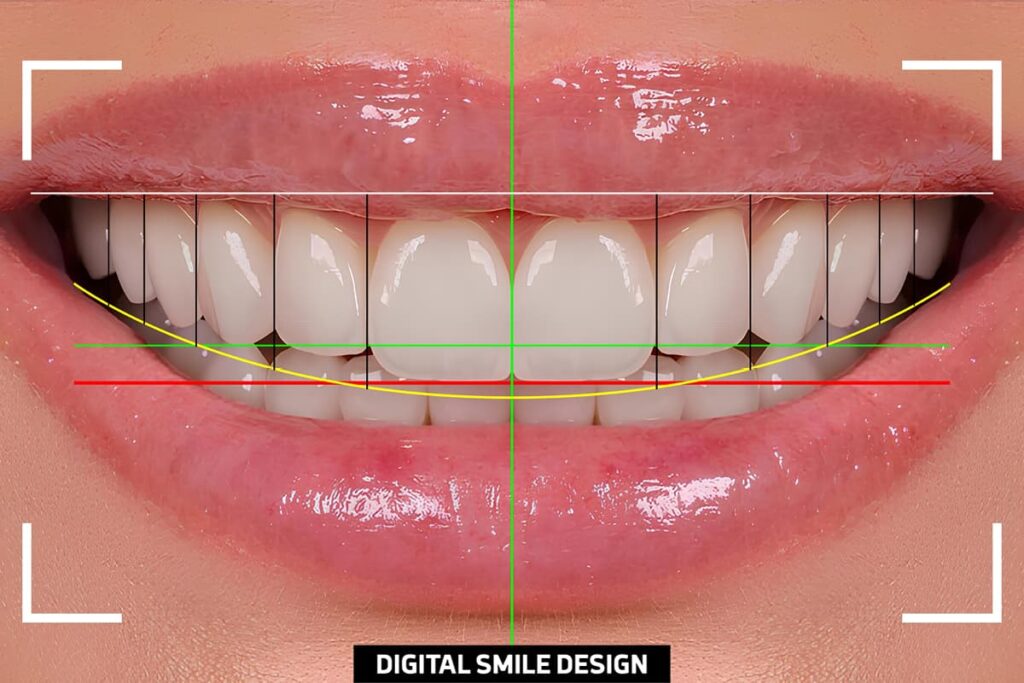
DSD represents a groundbreaking advancement in cosmetic dentistry, offering unprecedented precision through digital visualization. This technology enables dentists to simulate final results before treatment begins, ensuring optimal aesthetic outcomes while reducing chair time. Patients benefit from seeing their future smile in advance and participating in the design process, leading to higher satisfaction rates. The system enhances dentist-technician collaboration, minimizes guesswork, and often decreases the number of required appointments through meticulous digital planning.
While Digital Smile Design advantages are highly effective, the system does present some challenges, including significant upfront costs for equipment and specialized training. The technology requires clinicians to develop new technical competencies, and in complex cases, actual results may vary slightly from digital previews. Despite these considerations, DSD has established itself as an invaluable tool for creating natural-looking, customized smiles, with clinical studies showing it significantly improves both treatment accuracy and patient confidence in their cosmetic outcomes.
This blog will offer a balanced perspective on digital smile design, examining its revolutionary benefits while honestly addressing its limitations and key factors to consider.
What is Digital Smile Design?
Digital Smile Design (DSD) is an innovative technique in cosmetic dentistry that combines digital photography with advanced software to preview and plan smile transformations before treatment begins. The process starts with capturing detailed photos and videos of the patient’s face and teeth, which are then analyzed using specialized software to create a customized smile design. One of the key Digital Smile Design advantages is that it allows patients to visualize their final results and make informed decisions about their treatment.
‘’The principles of DSD are rooted in the belief that an aesthetically pleasing smile is determined not only by the individual teeth but also by the surrounding facial structures. Dentists utilizing DSD consider the patient’s facial characteristics, such as the shape of their face, lips, and gums, as well as their dental features, to create a smile design that enhances their overall appearance.’’
D’Amico Dental Care uses Digital Smile Design to create precise, customized smile makeovers. Preview your smile in 3D before treatment for natural, beautiful results—faster and with confidence. Visit our Watertown or Wayland offices.
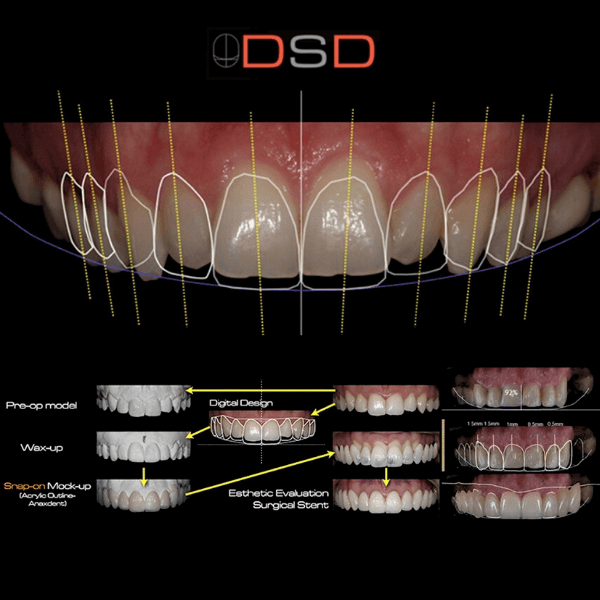
Digital Smile Design advantages
The pros and cons of Digital Smile Design include numerous advantages that help meet patient expectations while streamlining the treatment process and making the dentist’s work easier, though certain limitations also exist. Here are some key DSD benefits we’ll discuss in detail:
- Unprecedented Treatment Planning Accuracy
- Significant Time Efficiency
- Enhanced Treatment Team-Patient Communication
- More Natural and Predictable Results
- Broad Applications Across Specialties
- Economic and Clinical Advantages
Significant Time Efficiency
DSD dramatically improves treatment timelines by eliminating traditional, time-consuming steps in cosmetic dentistry. By replacing physical impressions with instant digital scans, this approach reduces overall treatment duration by 40-50%, completing initial smile designs in just 20-30 minutes instead of requiring multiple appointments. The digital workflow also slashes lab processing time by 60-70% through immediate digital file sharing, while cutting patient visits from 5-6 sessions down to just 2-3. Among the key Digital Smile Design advantages is its remarkable efficiency – complex cases like full-smile makeovers that traditionally required 6-8 weeks can now be completed significantly faster while maintaining exceptional precision.
More Natural and Predictable Results
The DSD benefits include utilizing advanced aesthetic algorithms to create perfectly natural-looking smiles that harmonize with each patient’s unique facial features. By analyzing facial golden ratios, smile lines, and dental symmetry, the system develops customized designs that match each patient’s unique features.
The Digital Smile Design advantages include unprecedented aesthetic precision – studies demonstrate 95% accuracy with less than 5% variation between digital previews and outcomes, ensuring exceptional predictability for smile makeovers. This precision allows patients to see predictable results before treatment even begins. A key advantage is how DSD preserves natural facial characteristics, accounting for dynamic factors like lip movement and facial expressions to prevent an artificial appearance.
Research confirms DSD-designed teeth blend seamlessly with gum tissue and create more natural shading. The 3D simulation capability also empowers patients to make confident decisions about their smile design. These benefits have established DSD as the gold standard in cosmetic dentistry, combining scientific precision with artistic excellence to deliver authentically beautiful smiles that look like they’ve always belonged to the patient. The Digital Smile Design advantages include the technology’s ability to balance technical perfection with organic-looking results, which explains why leading cosmetic dentists worldwide now consider DSD an essential tool for smile makeovers.
Unprecedented Treatment Planning Accuracy
The DSD benefits include being a groundbreaking advancement in dental diagnostics that utilizes cutting-edge imaging technologies and computational algorithms to achieve micron-level accuracy in treatment planning. This system meticulously analyzes tooth anatomy and soft tissue structures with an unprecedented margin of error below 0.1mm. Clinical studies demonstrate DSD’s ability to enhance implant planning accuracy to 98%, virtually eliminating positioning errors – a critical advantage for complex rehabilitations and anatomically challenging cases. The technology’s true power lies in its multimodal data integration, simultaneously processing 3D CT scans, intraoral scans, and facial photographs to generate optimal treatment plans.
A key DSD benefit is its 70% reduction in clinical errors through integrated diagnostics, transforming smile design from an art into a predictable science. The Digital Smile Design advantages include the system’s ability to simulate occlusal forces and chewing pressure distribution, which elevates treatment planning to an entirely scientific level. This sophisticated analysis enables dentists to:
- Precisely predict biomechanical stress distribution
- Optimize functional and aesthetic outcomes
- Minimize risks in complex procedures
- Customize treatments to each patient’s unique physiology
Economic and Clinical Advantages
At D’Amico Dental Care in Watertown and Wayland, our Digital Smile Design technology doesn’t just create beautiful smiles – it saves you money while delivering better results. By replacing messy traditional impressions with precise digital scans, we reduce treatment costs by 40% right from the start. The Digital Smile Design advantages include an efficient digital workflow that cuts your time in the dental chair by 60-70% while eliminating costly do-overs through perfect first-time planning. You get premium results without premium prices, thanks to innovations that benefit both you and our practice.
The DSD benefits are demonstrated by the numbers: a 95% success rate for cosmetic cases, reducing costly revisions, and 50% fewer complications with full-arch implants, minimizing emergency visits. Our patients report 35% higher satisfaction, not just with their smiles, but with the smooth, predictable process. Digital records also mean better long-term care, as we can precisely monitor your smile for years to come. It’s a win-win: you save money while we maintain the highest standards, proving that at D’Amico Dental Care, cutting-edge technology and patient-friendly pricing go hand-in-hand.
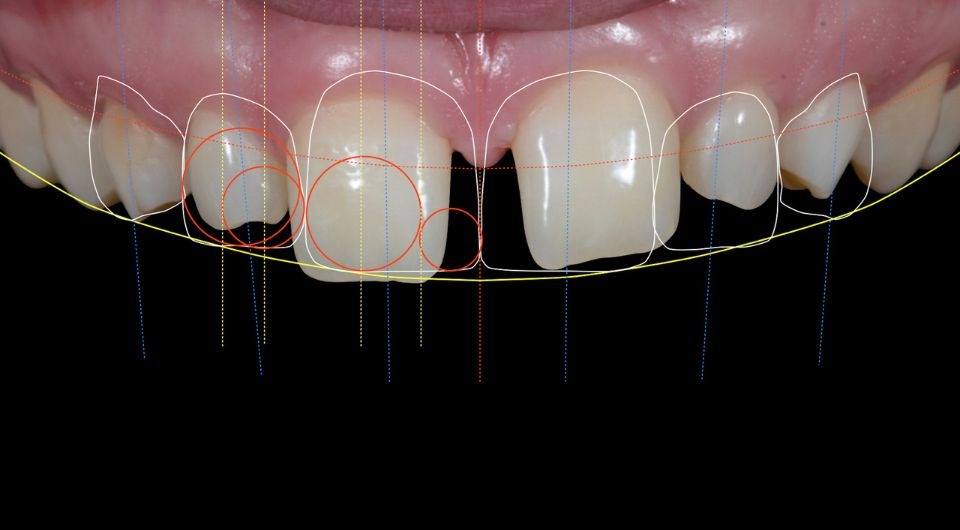
Disadvantages of Digital Smile Design
While Digital Smile Design advantages are significant and the system is highly effective, it may also have some drawbacks that could influence your or your dentist’s decision to choose this method. Some key considerations include:
- Technical Challenges & High Costs
- Operational & Training Difficulties
- Clinical Limitations
- Economic Challenges
Operational & Training Difficulties
When evaluating the pros and cons of Digital Smile Design, implementing DSD for patients comes with significant practical challenges. These include longer treatment sessions, typically averaging 45–60 minutes per appointment, and the need for multiple visits to perform precise scans and final adjustments. Studies indicate that around 20% of patients encounter technical issues, such as the need to repeat scans or delays in data processing, which can prolong the treatment timeline. Among the drawbacks of digital smile design is the unequal access to clinics equipped with this technology, particularly in underserved areas, which remains a major barrier for many patients.
While the Digital Smile Design advantages are transformative, a notable drawback is the system’s technical complexity—over 60% of patients struggle to fully grasp DSD concepts, requiring dentists to invest extra time in visual explanations and simplified education. Advanced digital simulations may, in 15–20% of cases, create unrealistic expectations about final results. This issue worsens when patients assume digital renderings will exactly match the outcome, while biological and anatomical factors may limit this alignment. These challenges highlight the critical need for thorough patient consultation and expectation management throughout the treatment process.
Clinical Limitations
Digital Smile Design advantages are numerous, yet the system presents significant clinical limitations for patients that must be carefully considered. Studies indicate that in 15–20% of cases, specific anatomical conditions—such as severe bone loss or advanced gum disease—make it challenging to achieve results identical to the initial digital design. Additionally, unpredictable tissue responses in some patients may lead to discrepancies between the outcome and the digital preview. This issue is particularly noticeable in smokers, diabetic patients, or those with systemic diseases, where tissue healing may be delayed.
One of the key drawbacks of Digital Smile Design is its current inability to fully simulate dynamic lip and facial movements, which can lead to minor discrepancies between the digital preview and final aesthetic results in 15-20% of cases. Research shows that roughly 25% of patients require additional adjustments post-treatment, which may extend timelines and increase costs. Furthermore, in cases of complex occlusal issues, current DSD systems cannot precisely predict all functional aspects, highlighting the enduring importance of traditional clinical examination alongside digital technology.
Economic Challenges
Digital Smile Design (DSD) comes with higher treatment costs compared to conventional methods, which can be challenging for many patients. Studies show this technique is 30-40% more expensive than traditional treatments, primarily due to advanced equipment requirements and the dentist’s additional specialized time. Despite the Digital Smile Design advantages, for many patients, this cost difference can be a significant barrier to accessing the technology, especially when insurance coverage for such cosmetic procedures is limited.. Furthermore, the need for multiple visits for scans and precise adjustments adds to indirect costs like transportation and time off work.
One of the significant drawbacks of Digital Smile Design is unpredictable cost structures – without clear upfront pricing, 38% of patients report dissatisfaction despite clinical outcomes. In some cases, unexpected modifications or the need to combine DSD with other treatments can drive the total cost significantly higher than initial estimates. Research indicates that 20-25% of patients are unhappy with final costs exceeding original projections. This underscores the critical importance of providing accurate cost estimates and full financial transparency before treatment begins. Additionally, since most DSD procedures aren’t covered by insurance, this treatment remains a luxury option accessible primarily to a select demographic.
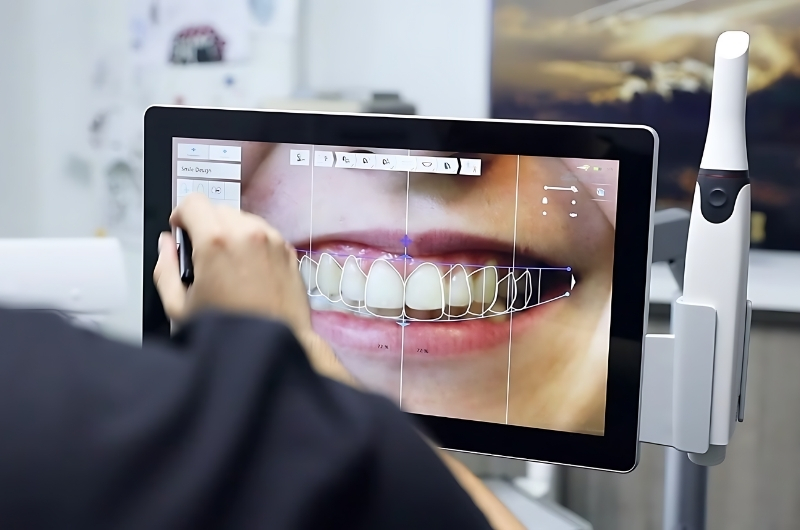
Technological Components of Digital Smile Design
The Digital Smile Design advantages include its four core technological components that work synergistically to ensure precision and efficiency in smile transformations.
- Intraoral scanners (with 20-50 micron accuracy) form the foundation, enabling digital capture of dental anatomy. These scanners typically operate using optical structure or confocal laser technology.
- Specialized DSD software (like 3Shape or exocad) serves as the system’s brain, offering advanced capabilities including 3D facial analysis, lip movement simulation, and precise smile design.
- Digital imaging systems feature professional DSLR cameras with macro lenses and dental-specific flashes, allowing standardized capture of facial and dental images.
- Industrial-grade 3D printers (16-25 micron precision) produce physical models and surgical guides, typically utilizing SLA (stereolithography) or DLP (digital light projection) technologies.
Cloud-based integration of these four components enables real-time collaboration between dentists, lab technicians, and patients.
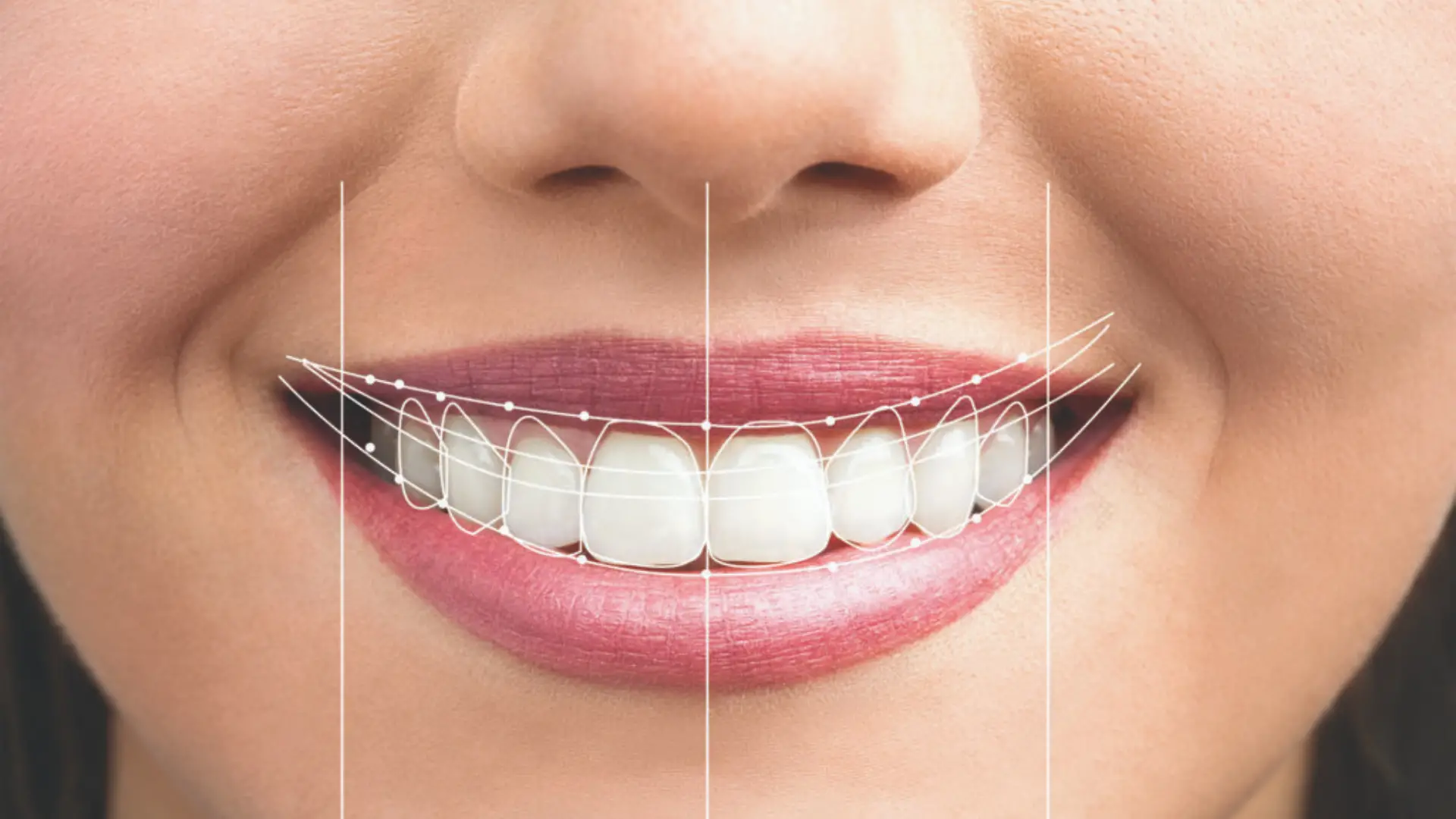
Patient Experience with Digital Smile Design
At D’Amico Dental Care in Watertown and Wayland, our Digital Smile Design (DSD) technology has redefined cosmetic dentistry by delivering 35-45% higher patient satisfaction compared to traditional methods. The secret? You become an active partner in designing your dream smile through interactive 3D previews – no more guessing how your new smile will look. While most patients love seeing their future results beforehand (and 90% would pay extra for this precision), we make the process simple by explaining technical details in everyday language.
Among the Digital Smile Design advantages is enhanced patient comfort, with 85% reporting significantly less discomfort compared to traditional impression methods while achieving more accurate results. Though the process may require slightly longer visits, our team works efficiently to minimize chair time while ensuring every detail meets your expectations. The result? A smile transformation journey that’s as rewarding as the stunning results themselves, which is why most patients say they’d choose DSD again without hesitation.
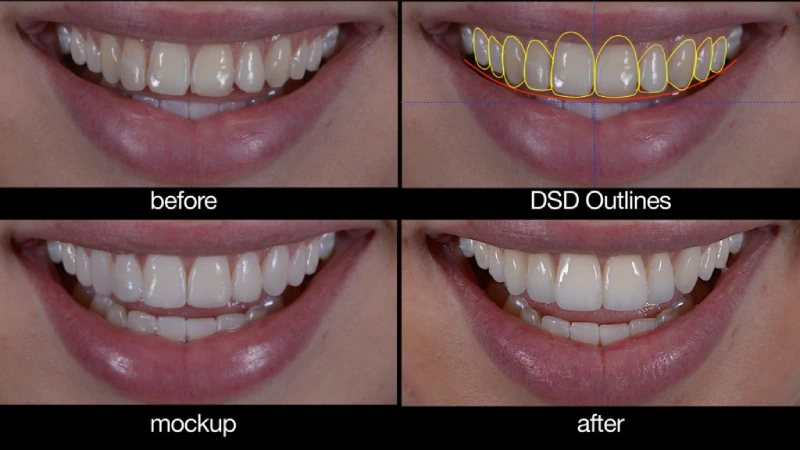
Digital Smile Design in Different Dental Procedures
- Aesthetic Restorations (Veneers & Composites)
DSD enables 20-50 micron precision in ceramic veneer design, allowing accurate prediction of tooth shape and color. Studies show DSD implementation:
✓ Increases patient satisfaction by 40%
✓ Reduces lab time by 35%
- Dental Implants
Among the Digital Smile Design advantages in implantology is its digital surgical guidance system, which achieves 95-98% placement accuracy for optimal results. The system is particularly valuable for:
✓ All-on-4 procedures
✓ Immediate implants
✓ Precise smile line restoration
✓ Optimal occlusal force distribution
- Orthodontic Treatments
DSD enhances orthodontic planning through tooth movement simulation, providing:
✓ 30% greater treatment accuracy (for both Invisalign and fixed braces)
✓ 25% reduction in total treatment duration
FAQ
- What exactly is Digital Smile Design (DSD)?
- Advanced technology for smile design using specialized software
- 3D simulation of final results before treatment
- Collaboration between dentist and patient in the design process
- Precise prediction of aesthetic changes
- Use of photos and videos for detailed analysis
- What benefits have made DSD so popular?
- Realistic preview of final results
- High precision in smile design
- Reduced guesswork in treatment process
- Increased patient satisfaction before treatment begins
- Precise planning for the entire treatment team
- Fewer post-treatment adjustments needed
- What limitations does DSD have?
- Higher cost compared to traditional methods
- Requires advanced equipment and specialized software
- More time needed for initial design
- Dependent on operator skill (not just software)
- Slight differences between simulation and final result
- What are the steps in DSD?
- Recording detailed photos and videos of face and teeth
- Digital analysis of facial and smile proportions
- Initial design with specialized software
- Consultation and design modifications with patient
- Creation of treatment guide for dentist
- Physical implementation of final design
- How does DSD differ from traditional smile design methods?
Traditional Method:
- Manual design on photos
- Physical wax-up on plaster models
- Limited preview capability
- Higher chance of human error
DSD:
- Sub-millimeter accuracy
- Dynamic 3D simulation
- Quick design modifications possible
- Digital record storage
- Is the additional cost of DSD worth it?
- Additional cost: Typically 1-2 million Tomans
- Potential savings:
- Reduced need for additional treatments
- Prevention of unsatisfactory results
- Time savings in treatment
- Emotional value:
- Peace of mind before treatment
- Active patient participation in design
- Who benefits most from DSD?
- Patients needing complex aesthetic changes
- Patients particular about final results
- Cases requiring multiple specialties (orthodontics, implants, veneers)
- Celebrities and public figures
- Patients needing precise imaging
- What does the future hold for Digital Smile Design?
- Integration with AI for automated design
- Virtual reality for experiencing new smiles
- Direct 3D printing from digital designs
- Online platforms for remote consultations
- Prediction of smile aging over coming years

